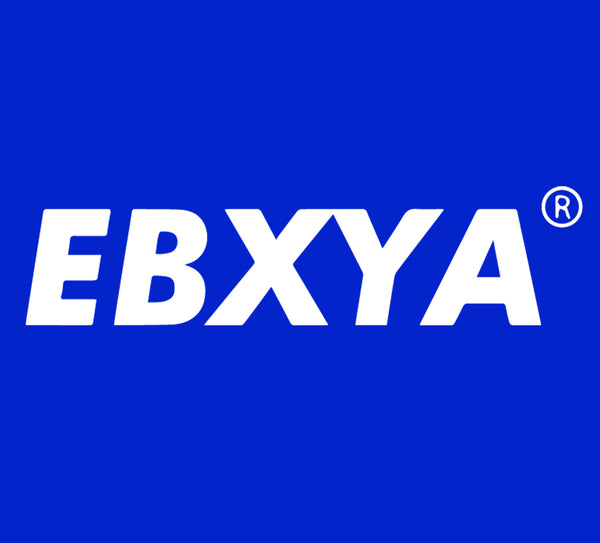
Cable Management Tips for Guitar Cables
Share
Proper cable management is essential for any guitarist, whether you're a beginner or a seasoned pro. Not only does it keep your setup looking neat and professional, but it also helps prevent damage to your cables and makes troubleshooting easier.
1. Use Velcro Cable Ties:
- Velcro cable ties are a versatile and inexpensive solution for managing guitar cables. They allow you to easily bundle cables together and keep them neatly organized. Plus, they can be reused multiple times, making them a cost-effective choice.
2. Invest in Cable Management Clips:
- Cable management clips can be attached to the underside of your pedalboard or the back of your amplifier to keep cables in place. They come in various sizes and styles to accommodate different cable thicknesses and configurations.
3. Use Cable Wraps or Sleeves:
- Cable wraps or sleeves are another great option for managing guitar cables. They can be wrapped around cables to keep them together and prevent tangling. Some cable wraps even have built-in labels, making it easy to identify which cable is which.
4. Label Your Cables:
- Labeling your cables can save you time and hassle when setting up or troubleshooting your gear. Use colored tape or labels to identify cables for different purposes, such as guitar, microphone, or power cables.
5. Route Cables Properly:
- When setting up your gear, take the time to route cables properly to avoid tangles and minimize the risk of tripping hazards. Use cable clips or mounts to secure cables along the edges of your stage or studio space.
6. Use Cable Management Channels:
- Cable management channels can be attached to the underside of your desk or along the walls to keep cables organized and out of the way. They can also help protect cables from damage and wear over time.
7. Keep Cables Coiled When Not in Use:
- When you're not using your cables, coil them neatly and store them in a dedicated cable bag or case. This will help prevent tangles and prolong the life of your cables.
8. Regularly Inspect Your Cables:
- Finally, make it a habit to regularly inspect your cables for any signs of damage or wear. Replace any damaged cables immediately to avoid potential issues during a performance or recording session.
In conclusion, proper cable management is essential for maintaining a tidy and functional guitar setup. By following these simple tips, you can keep your cables organized, tangle-free, and in good condition for years to come.
